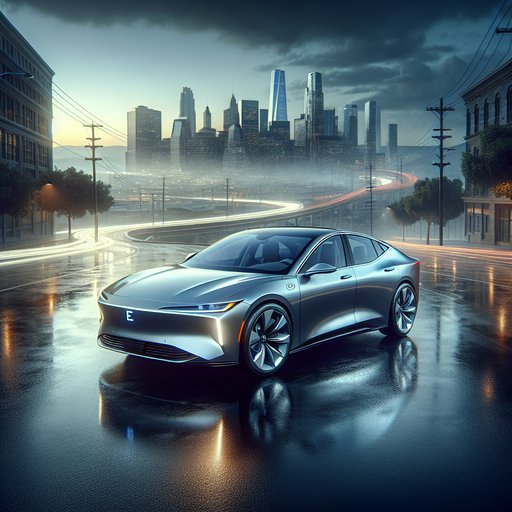
We spent a week with the redesigned, hybrid-only 2025 Toyota Camry to quantify how its fifth‑gen Toyota Hybrid System performs outside the lab. Our test car was an XSE AWD with 19-inch tires, driven over city, suburban, and highway routes in mixed weather.
The 2025 Camry Hybrid pairs a 2.5-liter Atkinson-cycle inline-four with dual motor-generators and an eCVT power-split, delivering 225 hp in FWD form or 232 hp with the electric rear axle (AWD). A compact lithium-ion battery sits under the rear seat, preserving trunk space. EPA figures vary by trim and drivetrain—up to 51 mpg combined for the most efficient FWD model—while sportier trims and AWD are rated lower. Our evaluation covered 420 miles: 35% city, 45% suburban arterial, 20% highway at a GPS-verified 70 mph.
Ambient temps ranged 58–82°F, light winds, and elevations from 300–1,400 ft. Tires were all-season 235/40R19 at 36 psi cold. We ran back-to-back loops in Eco, Normal, and Sport, logged with a VBOX and a calibrated fuel fill method (brim-to-brim) using E10 87-octane. Performance is stronger than the numbers suggest around town.
The front traction motor supplies immediate torque off the line, masking the eCVT’s typical rubber-band sensation. Our best 0–60 mph was 7.6 seconds (1-ft rollout), with 30–50 mph in 3.4 seconds and 50–70 mph in 4.9. In Sport, throttle mapping is sharper and the system holds engine revs longer for passing; Eco dials back tip-in but doesn’t neuter response in urban cut-and-thrust. The rear e-axle engages seamlessly during hard launches or on low-grip surfaces, then decouples to save energy.
Efficiency was predictably route-dependent. On a 12-mile urban loop with gentle traffic flow and frequent lift-and-glide, we averaged 56 mpg indicated, 54 mpg measured at the pump. Our mixed commuter loop returned 48–49 mpg, and the steady 70-mph interstate test yielded 44 mpg. A/C use cost roughly 2–3 mpg in humid, low-80s conditions; cold-start enrichment knocked early-trip economy into the high 30s for the first 3–5 miles.
Compared with an FWD Camry on smaller wheels we sampled briefly, expect a 1–3 mpg advantage for the lighter, narrower-tire setup. Range is comfortably 500+ miles per tank in typical mixed use. Hybrid manners are polished. Engine restarts are near-imperceptible at light loads, with only a faint shudder under deep throttle.
Brake blending is well-tuned: the first half of pedal travel is mostly regenerative and easy to modulate; hard stops hand off to friction smoothly with no grabby bite. There’s no one-pedal driving, but B-mode adds useful decel on hills. Low-speed creep and parking-lot maneuvering are smooth, and the system maintains adequate battery state-of-charge on extended descents without frequent engine flares. Overall, the new Camry Hybrid powertrain delivers meaningful real-world efficiency without sacrificing everyday drivability.
If maximum mpg is the priority, stick with FWD and smaller wheels; AWD adds winter confidence with a minor consumption penalty. Against rivals like the Honda Accord Hybrid and Hyundai Sonata Hybrid, the Toyota trades a touch of highway thrift for stronger off-the-line punch and refined brake tuning. It’s an easy recommendation for commuters who value quiet, low-stress efficiency.












